I have been considering using Nitinol wire for some experimentation as a component in an autonomous system. My understanding is that it will return to its original, contracted state when it reaches ~70°C, which seems to be capable of some pretty neat applications by passing current across it. I assume that if I were to buy some, I should purchase the stuff with the thinnest diameter for maximum resistance in relatively short (<20cm) lengths.
So, for those of you who have been able to play with the stuff, is Nitinol the nerdy engineer-candy it appears to be?
